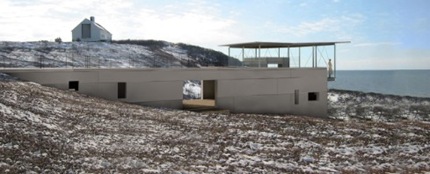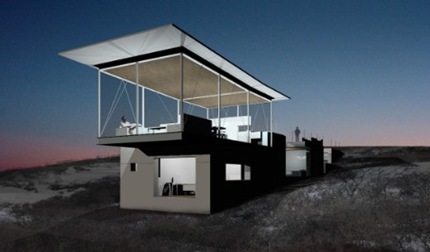One of the many perks of being a New England resident is the surroundings. From Boston to New Hampshire to Maine you’re surrounded by natural beauty in the landscape. In between paved lots and developed land there are a plethora of trees, mountains and coastal views as far as the eye can see. Not to mention a large amount of building resources at one’s fingertips, from granite to rich native woods such as birch, maple and pine. So why are so many housing and decoration materials imported? And, if we choose to be a “locatect”, where would we even begin? In What I Did For Local, Sarah Pinneo attempts these questions.
Buying Habits
Pinneo begins the article by stating she simply feels the “imported is best” frame of mind is old fashioned and something many of us need to grow out of. She gives the example of the Venetian windows Isabella Stewart Gardner had imported for her Boston home. Imported materials were once a sign of wealth. However, the times are beginning to change. Imported materials are cheaper than ever, it is actually sometimes more expensive to buy locally produced materials.
Why Buy Local?
Pinneo points out that supporting local business is an indirect result of being a locatect, and with the New England economy in its current state, now is a better time than ever to begin your journey.
Where the Buying Process Begins
Though it is catching on, many don’t know where to buy a granite countertop made in New England. Ironic, Pinneo notices that as a resident of the Granite State she has never seen a showroom feature New Hampshire-made granite countertops. Her advice is to consult older people of the community, who may be more in touch with their surroundings, and be willing to experiment with much smaller businesses. Consumers would be hard pressed to find locally hand carved maple stools at their neighborhood Ikea.
Increase the Value of Your Home
Pinneo points out that although there are some limitations, such as limited color palettes, beginner locatects must be open-minded. One bonus is local materials have adapted to thrive in the environment in which both you and them are present, and will likely retain their appearance once incorporated into your local home. Valuable, sturdy building materials may increase the market value of your property.
What About Those Large New Condominium Developments?
As Boston turns green, and developers strive for LEED certification of their buildings, to both attract environmentally conscious buyers and to act in a more sustainable way, it should be noted that sourcing all construction materials locally is a key mechanism for developers to gain points towards their LEED certification – the Macallen Building for instance, South Boston’s greenest large-scale condominium building developed by Pappas Properties sourced many of its materials locally in New England.
If locatecture helps the New England economy, environment and builds a stronger house, why wouldn’t we hop on the bandwagon? Pinneo sure does make this sound like an appealing real estate trend to watch.









